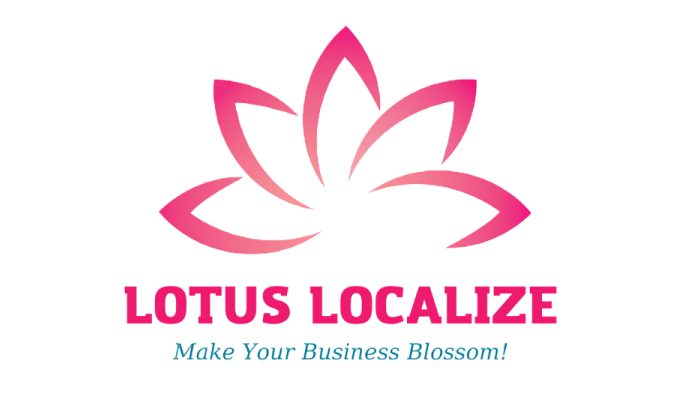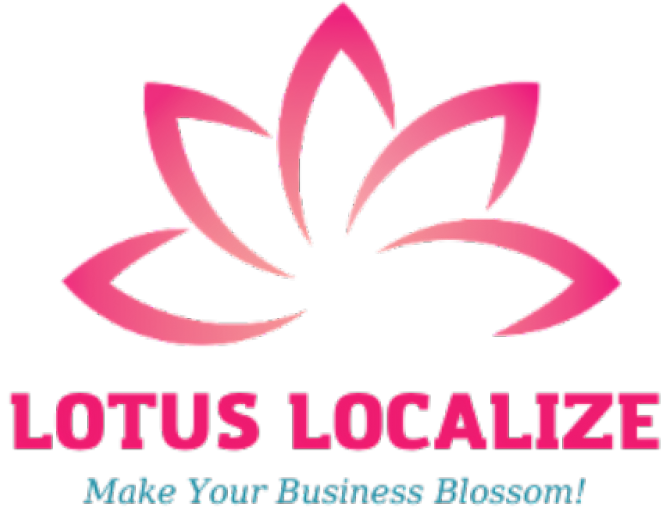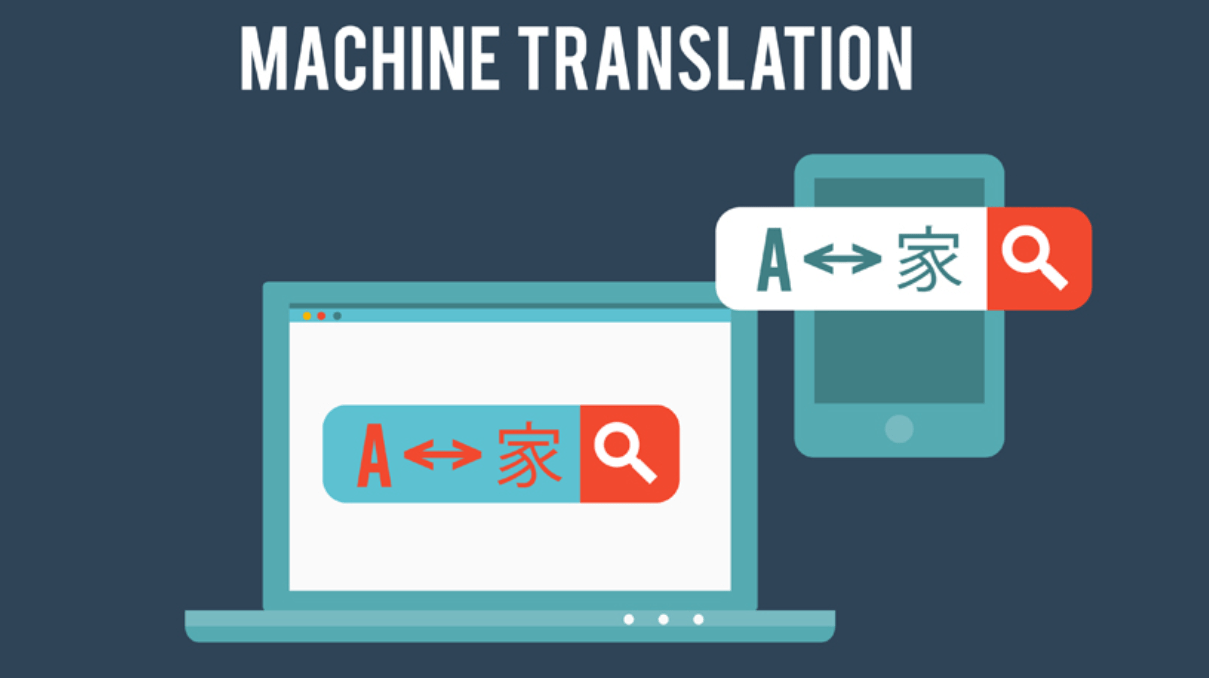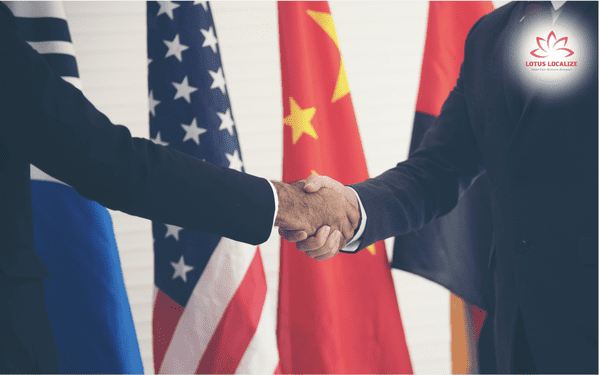In the contemporary landscape of multilingual communication, translation serves as a pivotal element in fostering connections and facilitating comprehension across diverse nations and cultures. Among the prevalent methodologies, machine translation and manual translation stand out as the two primary approaches. Despite sharing the common objective of transposing content from one language to another, they exhibit discernible advantages, drawbacks, and disparities. Let us delve into a comprehensive comparison between machine translation and manual translation.
1. Definition and Scope of Machine Translation and Manual Translation:
To commence our exploration, it is imperative to grasp the fundamental definitions of these translation modalities.
“Machine Translation” denotes the automated process of utilizing software or computational algorithms to convert text from one language into another, devoid of human intervention.
Conversely, “Manual Translation” refers to the meticulous process executed by human translators, typically professionals, who meticulously interpret and transpose content from the source language to the target language with precision and naturalness.
2. Machine Translation vs. Manual Translation – Advantages, Disadvantages, and Distinctions:
In the contemporary milieu, machine translation has emerged as an indispensable tool in the translation realm, offering several notable advantages. Nonetheless, the enduring significance of manual translation cannot be understated. Let us delineate the distinguishing features of each translation approach.
Machine Translation:
- Efficiency and Expediency: One of the primary benefits of machine translation lies in its swiftness and convenience. Machine translation technology facilitates the rapid processing of voluminous text without necessitating human intervention.
- Cost-effectiveness: Machine translation often entails minimal or no costs compared to manual translation, rendering it a preferred choice for projects with constrained budgets.
- Despite considerable advancements, machine translation encounters challenges in comprehending and translating natural language, resulting in occasional inaccuracies and stilted expressions.
Manual Translation:
- Precision: Manual translation typically yields more accurate and natural outcomes compared to machine translation. Human translators, equipped with profound linguistic and cultural understanding, adeptly convey meanings with precision and eloquence.
- Content Quality: Manual translation engenders richer and more nuanced content, characterized by flexibility and creativity, qualities that machine translation inherently lacks.
- Time and Cost: Manual translation can be time-intensive and financially burdensome, particularly for large-scale and intricate projects.
3. Should You Choose Machine Translation or Manual Translation?
The choice between machine translation and manual translation hinges on various factors, including project-specific requirements and end-user objectives.
For scenarios necessitating swift conversion of extensive textual content with precision as a secondary concern, machine translation proves to be a viable option. Machine translation excels in expediency and convenience, making it particularly suitable for general informational texts devoid of nuanced expressions.
Conversely, when confronted with specialized texts or stringent accuracy prerequisites, manual translation emerges as the preferred choice. Human translators, possessing specialized expertise, proficiently convey meanings with utmost accuracy and finesse, ensuring comprehensive and precise message transmission.
In summary, while machine translation offers convenience and cost-effectiveness, manual translation yields superior accuracy and depth of content. The selection between the two methods depends on the specific project requisites and overarching user objectives.













